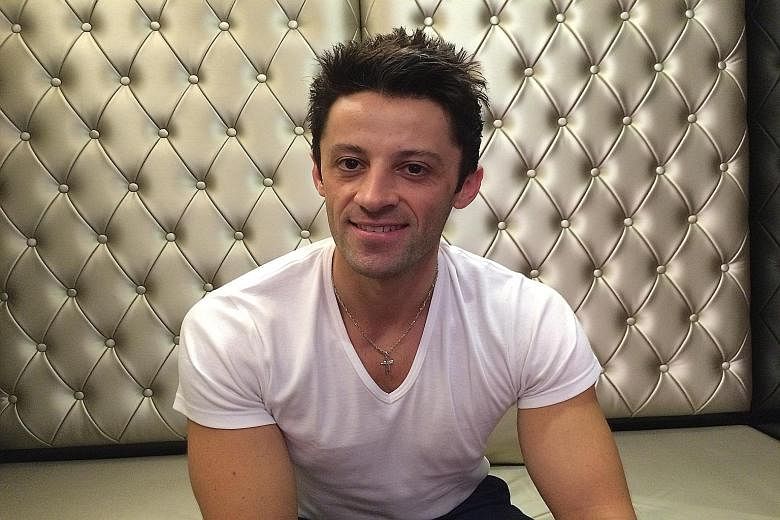Q&A
The Straits Times speaks to the people who work away from centre court and behind the scenes to find out the quirky details of their jobs.
Today: Podiatrist Steve Desobeau, 29, from France.
Q How long have you been working in this business?
A I was a former professional footballer in France before I became a podiatrist 10 years ago.
Q What's the most common injury?
A In-grown toenails. The nail has been traumatised in the shoe and often breaks. The other is callus. On average, each player can have around eight to 10 calluses on both feet.
Q Which athletes have the worst feet?
A Ballerinas have terrible feet. As pain is part of the game, they don't even feel it anymore but their toes and heel are usually in a bad shape. For tennis players, it's usually the forefoot that will suffer a lot as they're always preparing to sprint during a match.
Q Which tennis surface is the most taxing?
A Clay has a lot of sliding so the toes will suffer a lot. Grass is more gentle because the impact is not so hard. So clay and hard court are tough for your feet.
Q Are the shoes these players wear the same as the ones sold in stores?
A It usually has customised insoles. When you reach this level, all these tiny details are very important to make a difference.
Q Favourite tennis tournament?
A US Open in New York. The whole city breathes tennis.
Q Favourite tennis player?
A Caroline Garcia and Gael Monfils. They're both French, of course.
Q Simple tips for recreational tennis player?
A Use a neutral pair of tennis shoes if you don't know what type of pronation you have to avoid injuries. Wear cotton socks instead of synthetic. Synthetic (socks) increase the friction and the risk of blisters. Finally, apply talcum powder on the heel, in between the toes, and inside the shoe as well to reduce friction between the skin and the sock, and the sock and the sole.
Q Why do tennis players need a podiatrist?
A Medical pedicures are still rare among tennis players. What we are trying to do is to regenerate the skin, improve the feet on a long-term basis.
Q How long does a session take?
A It depends on the foot condition. Ideally, I would like to have 45 minutes with the player.
Q This is the first time the WTA Finals has a podiatrist on site. What has the response been like?
A The first two days, it was very quiet. They were looking at me, wondering what I'm doing. But after the first player came in, she spread the word and we've had to extend our hours from 2pm until 8pm instead of 6pm. It's been very positive.

